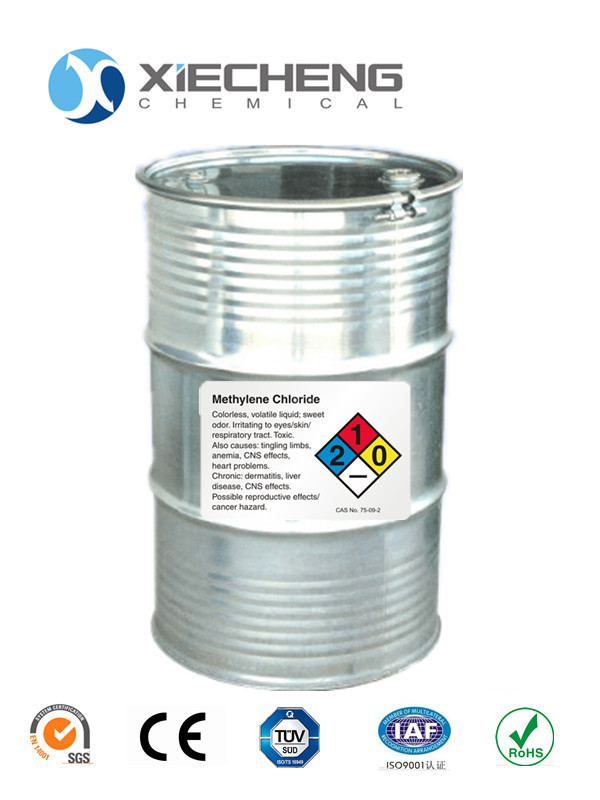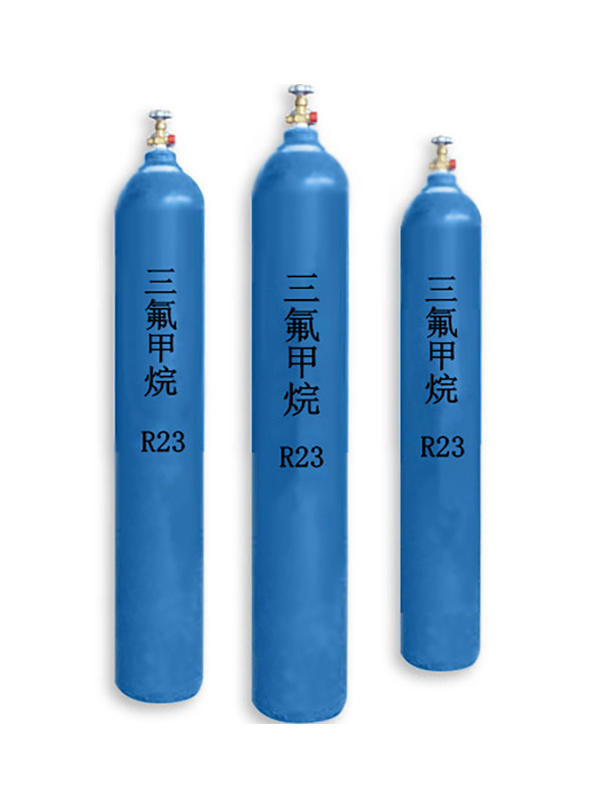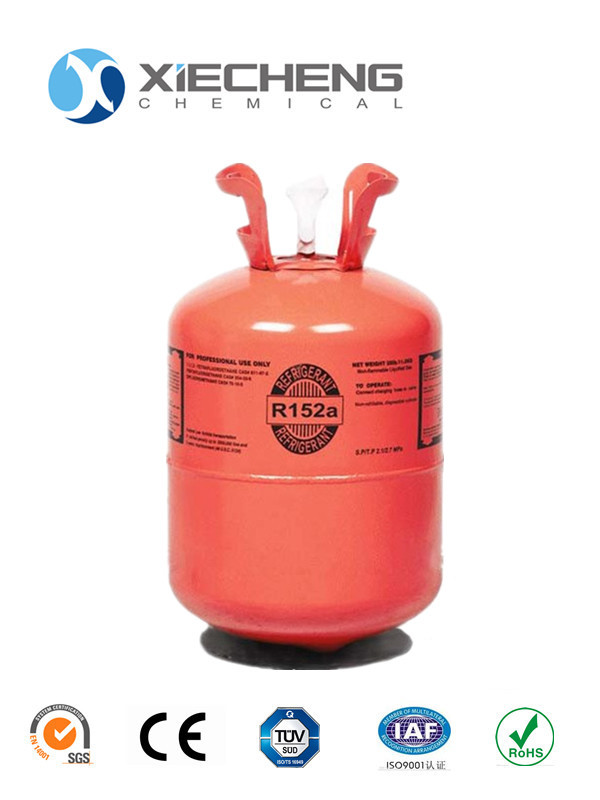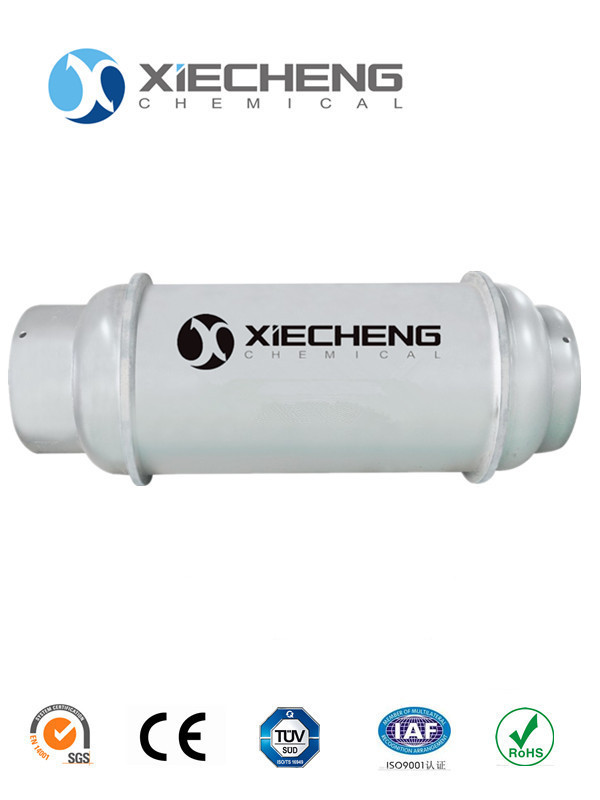
Scope of Application
Mainly used as a crosslinking agent for organosilicon, a curing agent for silicon, and a blocking agent for isocyanates; it plays a role in preventing skinning and stabilizing viscosity during the storage of various alkyd resins, epoxy resins, and polyurethane.
Physicochemical Properties
| Molecular Formula | C4H9NO | |
| Molecular Weight | 87.12 | |
| pH Value | - | |
| Melting Point (Freezing Point) | -30℃ | |
| Boiling Point, Initial Boiling Point, and Boiling Range | 152.6℃ | |
| Relative Density (Water = 1) | 0.924g/mL(25℃) | |
| Relative Vapor Density (Air = 1) | 3 | |
| Saturation Vapor Pressure (KPa) | 59-60℃(2kPa) | |
| Flash Point (℃) | 59℃ | |
| Ignition Temperature (℃) | 315℃ | |
| Upper Explosive Limit [% (V/V)] | 5.3% | |
| Lower Explosive Limit [% (V/V)] | 1.5% | |
| Flammability | Flammable | |
| Solubility | Dissolves in water at 114g/L. Soluble in organic solvents. | |
| Appearance and Properties | Colorless to light yellow, transparent oily liquid | |
Hazard Overview
GHS Hazard Category: This product is a flammable liquid, Category 3
Warning Phrase: Warning
Hazard Information: Flammable liquid, can cause fire and explosion when exposed to open flames.
Precautionary Statements:
Precautionary Measures: Keep away from heat, sparks, hot surfaces, and no smoking in the workplace.
Accident Response: If skin contact occurs, immediately remove all contaminated clothing and wash the skin with water. If it splashes into the eyes, immediately rinse the eyes with clean water for 15 minutes. In case of fire, use water spray, dry powder, sand, foam, or carbon dioxide to extinguish the fire.
Safe Storage: Store in a well-ventilated place, keep dry and cool.
Waste Disposal: Dispose of this product and its containers in accordance with local regulations.
Physical and Chemical Hazards: Easily combustible, its vapor can form an explosive mixture with air and can emit toxic fumes.
Health Hazards: Irritating to eyes, mucous membranes, and respiratory tract.
Environmental Hazards: Harmful to the environment.
Component/Composition Information
| Hazardous Components | Concentration or Concentration Range | CAS.No |
| 2-Butanone oxime | ≥99.5% | 96-29-7 |
Exposure Control/Personal Protection
Exposure Limits: No data available
Biological Limits: No data available
Detection Method: Gas chromatography
Engineering Controls: Closed production process, ventilation. Provide shower and eyewash facilities.
Respiratory Protection: When possibly exposed to its vapor, it is recommended to wear a filter type respirator.
Eye Protection: Wear chemical safety goggles.
Skin and Body Protection: Wear ordinary work protective clothing.
Hand Protection: Wear rubber gloves.
Other Protection: Smoking, eating and drinking are prohibited in the workplace, avoid drinking before work and take a shower and change clothes after work.
Emergency Handling and Disposal Methods
First Aid Measures
Skin Contact: Remove contaminated clothing and thoroughly wash the skin with soap and water.
Eye Contact: Immediately lift the eyelids and rinse with running water or saline for at least 15 minutes. Seek medical attention.
Inhalation: Immediately remove from the scene to fresh air and keep the respiratory tract unobstructed.
Ingestion: If swallowed, rinse mouth immediately, induce vomiting, and seek medical attention.
Fire Fighting Measures
Hazardous Properties: Easily combustible, can be ignited by external fire sources and may emit toxic fumes.
Fire Fighting Methods and Agents: Water spray, foam, carbon dioxide, dry powder, and sand can be used for fire extinguishing.
Fire Fighting Precautions and Measures: The leakage source should be immediately cut off, and the fire should be extinguished with dry powder, foam, and sand. Spray water to keep the container in the fire field cool. If it is a single container, try to move the container to an open area.
Leakage Emergency Treatment
Protective measures, protective equipment, and emergency response procedures for operators: Eliminate all ignition sources, wear anti-static clothing, and ensure that equipment used during operation is effectively grounded. Isolate the leak source as much as possible. Personnel handling the spill should wear rubber gloves and masks during recovery operations.
Environmental protection measures: Prevent leaked material from entering water bodies, sewers, or confined spaces.
Containment and cleanup methods for spilled chemicals and materials used: Build a dike to prevent the spread of the spill. Collect the spill using a self-priming pump or other collection tools into dedicated containers or tank trucks for disposal by a professional manufacturer or qualified environmental company.
Handling and Storage
Operational precautions: Operators are advised to wear rubber gloves and masks during operation. No smoking or open flames are allowed in the workplace. Handle with care during transport to prevent damage to the packaging.
Storage precautions: Store in a cool, ventilated warehouse, away from fire sources and heat sources, and avoid direct sunlight. Store separately from oxidizing agents and acids.
Stability and Reactivity
Stability: Stable
Incompatible materials: Strong oxidizers
Conditions to avoid: Open flames, direct sunlight.
Decomposition products: Carbon monoxide, carbon dioxide, nitrogen oxides.
Toxicological Data
Toxicity: LD50: 2326 mg/kg (oral, mouse).
LD50: >1000 mg/kg (dermal, rabbit).
LC50: >4.8 mg/L (inhalation, mouse).
Skin irritation or corrosion: Irritating to skin.
Eye irritation or corrosion: Irritating to eyes, mucous membranes, and respiratory tract.
Respiratory or skin sensitization: May cause allergic skin reaction.
Germ cell mutagenicity: No data available.
Carcinogenicity: Suspected carcinogen.
Reproductive toxicity: No data available.
Specific target organ toxicity - single exposure: No data available.
Specific target organ toxicity - repeated exposure: No data available.
Inhalation hazards: No data available.
Chronic effects: To our knowledge, the long-term effects of this product are not fully understood. Harmful if absorbed through the skin. Long-term repeated inhalation may cause respiratory irritation.
Waste Disposal
Product: Dispose of by controlled incineration. Incinerator exhaust gases should be scrubbed.
Contaminated containers and packaging: Return empty containers to the manufacturer or dispose of according to local regulations.
Waste disposal precautions: Refer to national or local regulations before disposal.
Transportation Information
UN hazard number (UN No.): 1993
UN proper shipping name: 2-Butanone oxime
UN hazard class: Class 3.3
Packaging label: Flammable liquid
Packaging method: 190kg polyethylene or iron drums, other packaging types can also be used according to customer requirements.
Transportation precautions: Handle with care to prevent damage to the packaging.
Keywords
Previous
Next

2-Butanone oxime
Contact Information
Product Categories
Inquire Now
If you are interested in our products, please leave your email address, and we will contact you as soon as possible, thank you!









